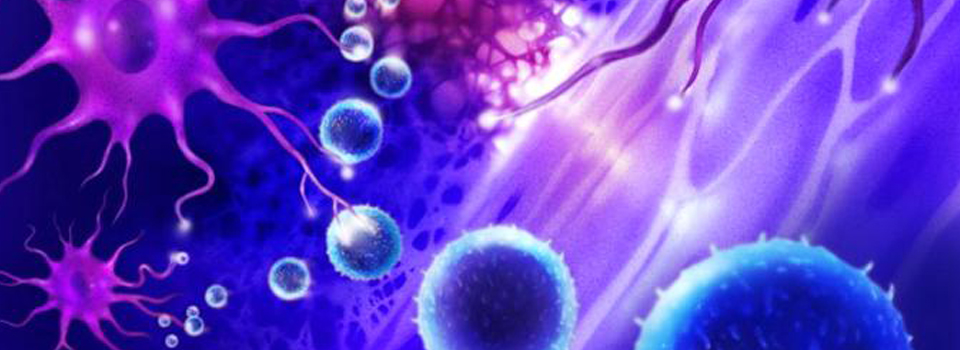READ NOW:
The Therapeutic Potential of Adenosine Triphosphate as an Immune Modulator in the Treatment of HIV/AIDS: A Combination Approach w/ HAART. CLICK HERE TO DOWNLOADWorking toward the Cure of those living with HIV
An HIV Eradication Protocol Using Adenosine Triphosphate In Combination With HAART
Welcome to the site dedicated to the advancement in the understanding of how extracellular adenosine triphosphate (eATP) can be applied in the treatment of diseases such as HIV/AIDS. The research goal is to utilize ATP as part of an HIV eradication protocol given along-side traditional highly active antiretroviral therapies (HAART). As a natural compound, adenosine triphosphate (ATP), applied to the outside of cells elicits profound changes in how a cell will function. Follow along in this journey from concept to proof of concept. Offered here is a vision filled with tremendous opportunities for those who wish to engage it. I look forward to working with you as the understanding of how eATP can be of benefit unfolds. This process exemplifies the beauty and sophistication of biology.
Adenosine triphosphate is a purine nucleotide with three phosphate groups attached. These phosphate groups are considered high energy donors and the value of this molecule is well accepted inside the cell. Its impact outside the cell has been the focus of intensive research since the early 1970’s. The binding of ATP to cell surface receptors have been placed in a classification called purinergic signalling. This type of signalling explains the binding of purines to cell surface receptors. These receptors once activated bring about changes inside the cell. It can be as simple as altering the concentration inside the cell of key elements such as sodium, potassium and calcium as seen when the P2X receptors are activated; to the more complex changes in cytokines, chemokines, and second messenger molecules as the P2Y receptors are activated. These changes precede a change in how a cell reacts and operates.
Even with HAART medications there exists a persistent latent viral reservoir which quickly activates when therapy is discontinued or resistance emerges. It is proposed in using HAART to suppress virus production followed by the addition of ATP by infusion following either the maximum efficacious or maximum tolerable dose schedule to target the virus reservoir through three distinct mechanisms. First is through the activation of the latent virus infected cell; second is through boosting the immune system in recognizing these virus infected cells; third is through the enhancement in the phagocytic clearance of these cells. You must first push the virus infected cell out of hiding and this is accomplished by activating it to express virus. Second it is important to enhance the immune system either by increasing HIV specific antibody production or increasing cell sensitivity towards these cells through increased effector cell function. Third is to allow for a greater degree of phagocytic activity to clear these cells from the system. eATP has proven itself as a molecule holding all three of these characteristics in published research in many related areas.
eATP binding to the P2X7 receptor is known to initiate a proinflammatory response through the creation of the inflammasome. The efflux of potassium caused by this interaction causes the maturations of Pro IL-1B, 18, 23, and 33 into their bioactive forms. This reaction demonstrates a fundamental action that the innate immune system exerts against an invading pathogen.
eATP outside the cell causes a sounding of the alarm and promotes a call to action to the immune system; while the natural hydrolysis by-product of adenosine quiets this reaction thus representing a self-regulating system. ATP applied correctly has the potential ability to revive normal cell function by altering many of the means by which cells communicate with each other that allows for an individual to survive and thrive. Restoring balance in the communication network will have a direct effect on the outcome of the disease state.
In summary, ATP offers a unique approach to adjusting immune function that favors pathogen killing. ATP given in conjunction with HAART represents a plausible approach in curing this disease.
After careful peer review, this hypothesis has been accepted by the journal Current HIV Research. I encourage you to download and read this hypothesis article and use the youtube videos and other links contained in this site to expand your understanding in this area. I am always available should you have a question and I am eager to help you in your understanding. Please use the contact page to present your questions for a response.





